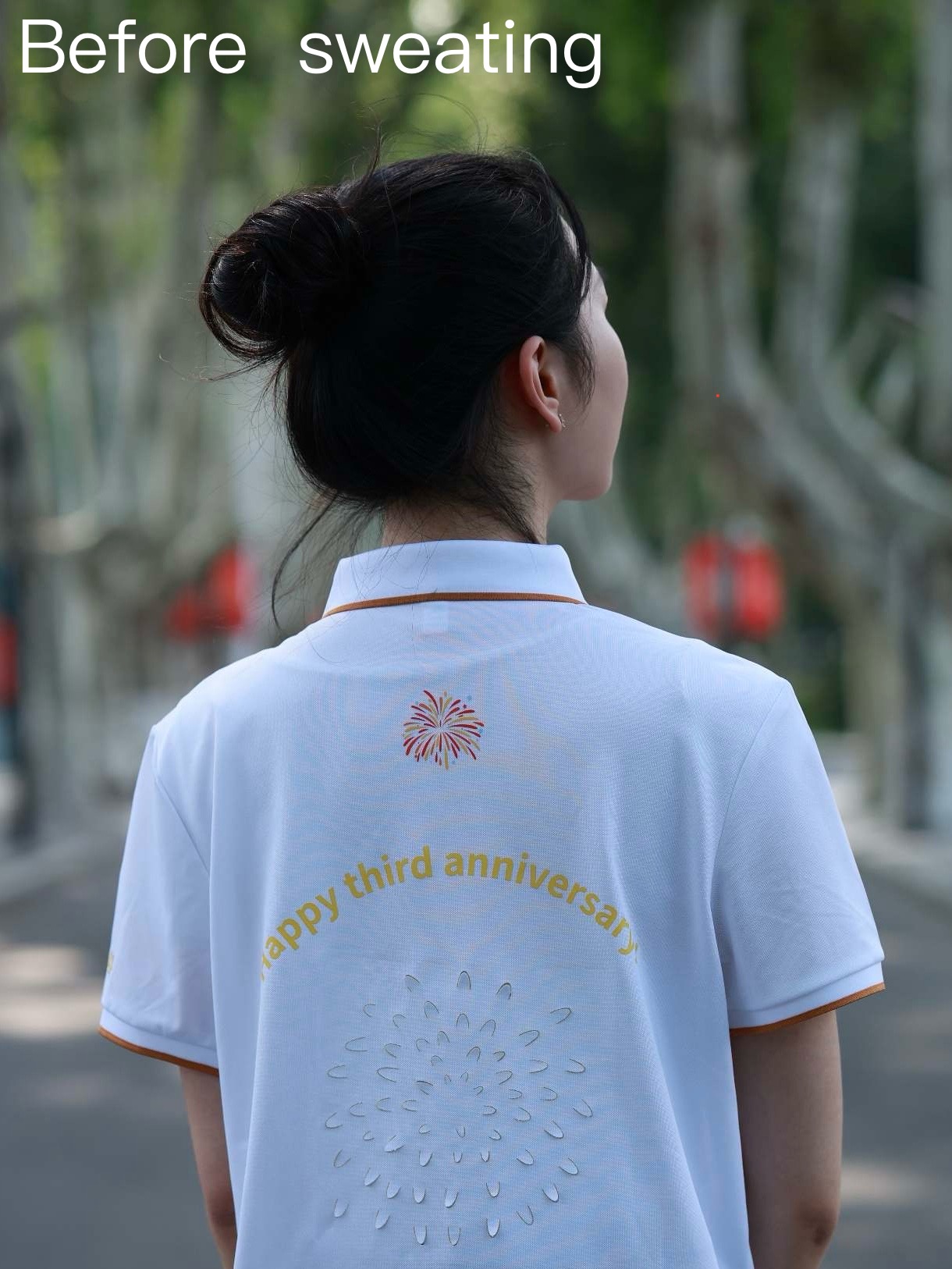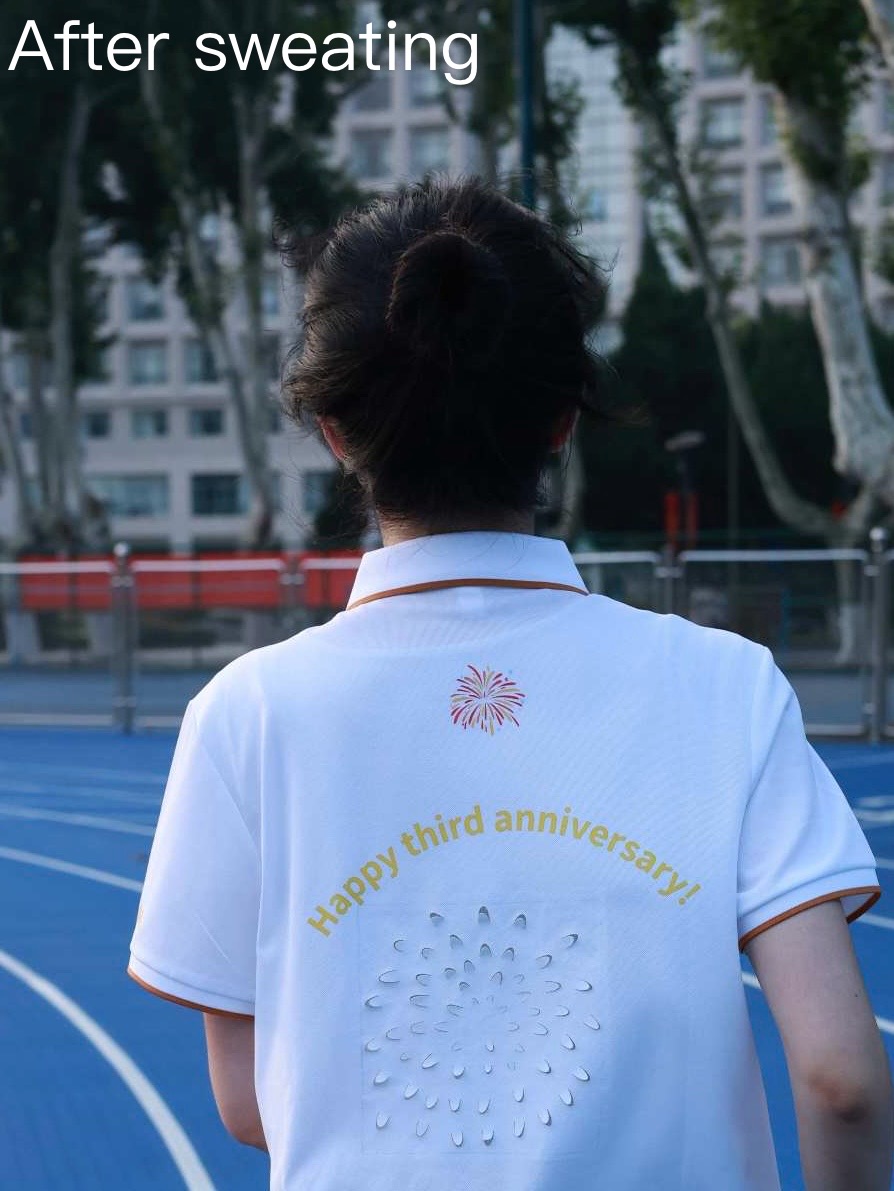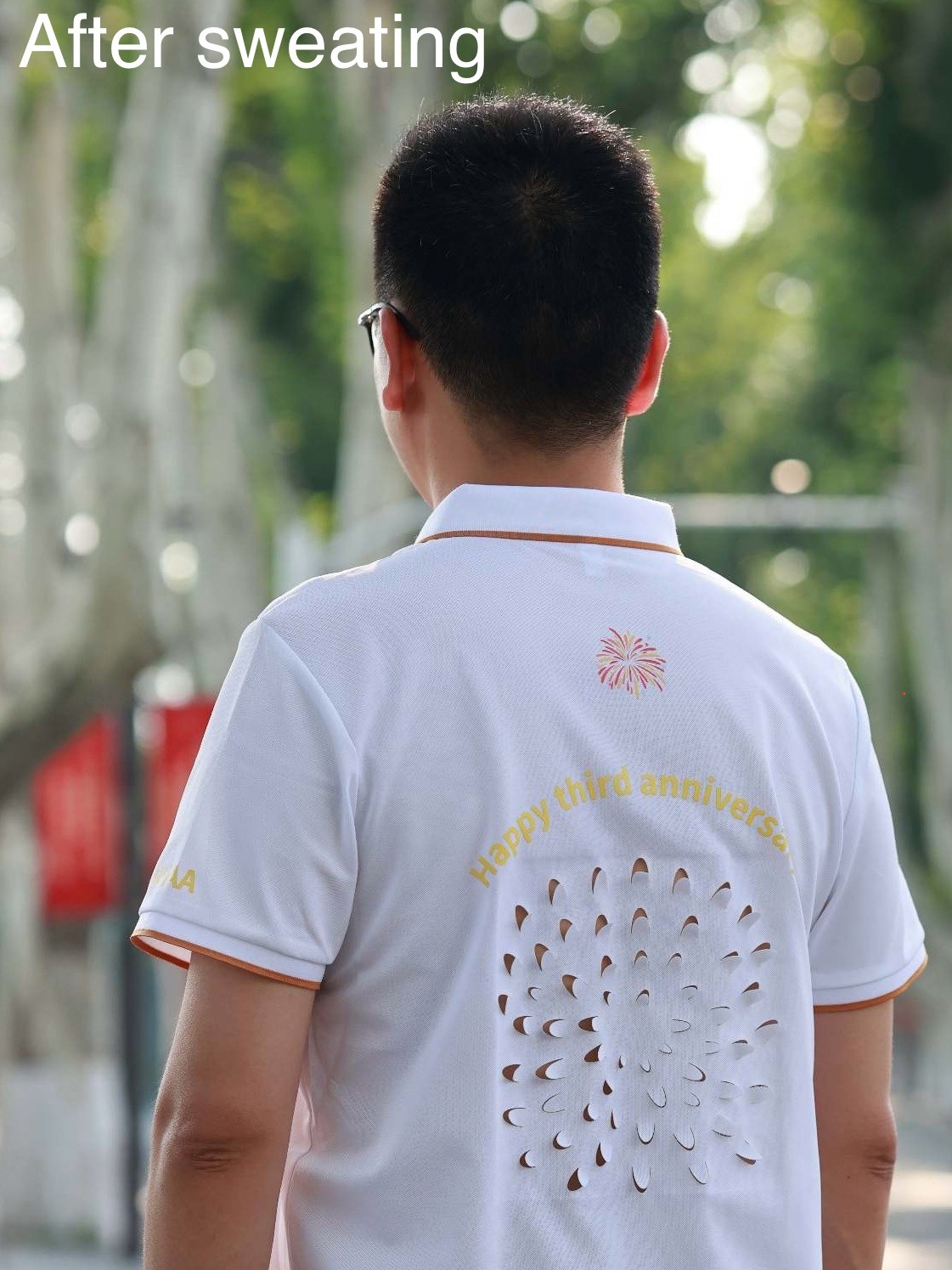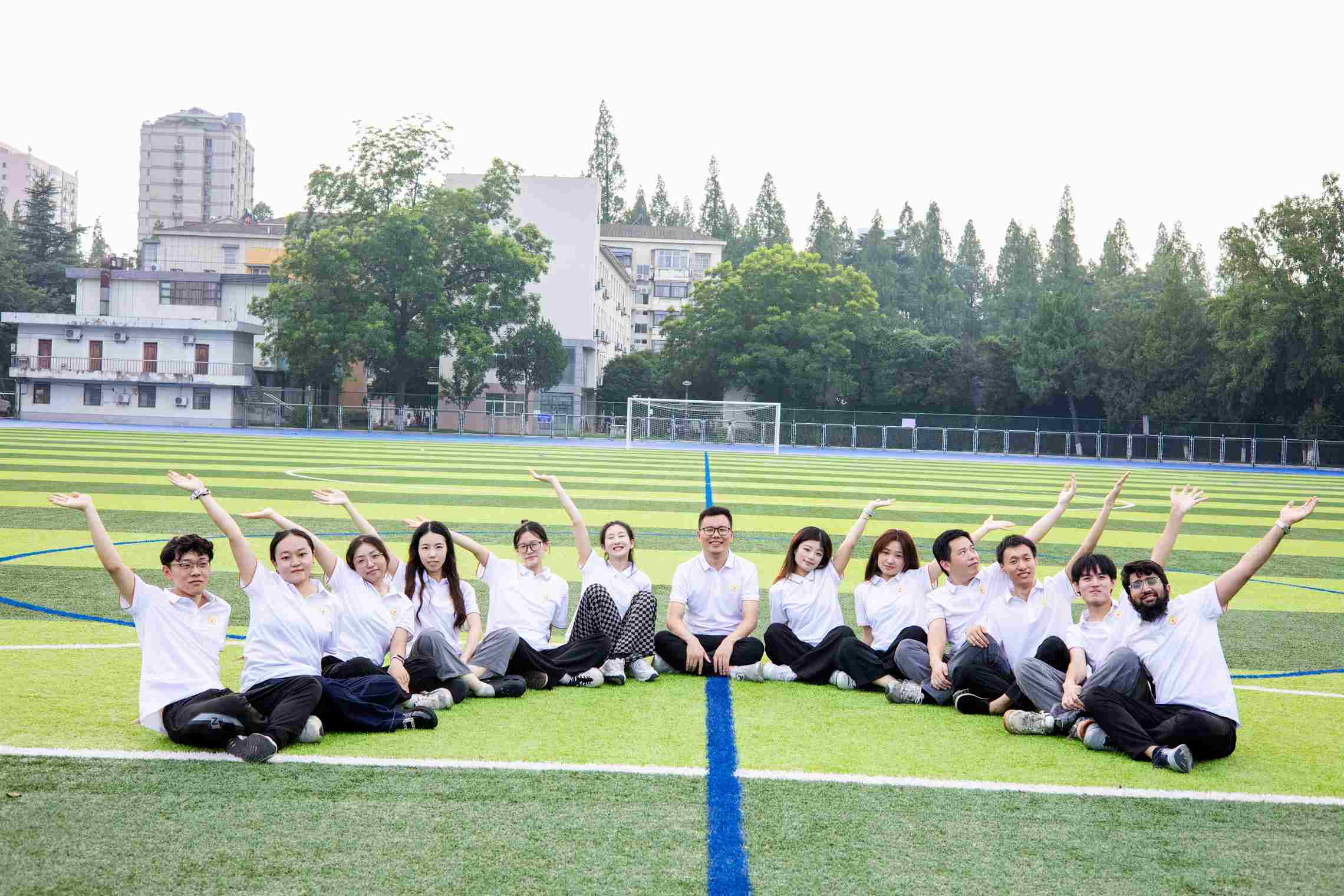The campus of Nanjing University of Aeronautics and Astronautics is lush and green in the height of summer. The research group of Professor Li Xiuqiang from the International Institute of Frontier Science of Nanjing University of Aeronautics and Astronautics celebrated its third anniversary. At this special moment, all members of the research group held a unique celebration. They transformed the independently developed high-stability humidity-responsive smart fabric (BCCA) into a "medal of scientific research" - each member personally made and wore a smart T-shirt integrated with BCCA film, and took a "family photo" that carried their sweat and glory. This achievement, which embodies the wisdom of the team, was officially published in the top journal of materials science, Advanced Materials, on July 30th, marking a milestone breakthrough in the field of smart wearables for the research group.
Traditional humidity-responsive fabrics have long been plagued by the problem of poor wash stability - weak molecular forces cause the performance to drop sharply after several machine washes. Professor Li's team innovatively proposed the "molecular lock" stabilization strategy, using food-grade bacterial cellulose (BC) and citric acid (CA) as raw materials, and through the environmentally friendly "brush-coating - hot-pressing" process, they constructed a strong covalent cross-linking network. Theoretical calculations revealed that the water molecule adsorption energy of BCCA was as high as -0.78 eV (far exceeding -0.26 to -0.40 eV of nylon), forming an anti-wash "golden shield". After 100 standard machine washes, the humidity response performance retention rate still reached 99%, and the wash resistance was improved by 1-2 orders of magnitude; the material's water absorption rate was 3.2 times that of the commercial Nafion membrane (0.376 g/g), while the deformation rate remained stable at 1.7% (Nafion > 4.7%), achieving an intelligent 132° bending, and the performance remained 94% after 200 cycles.
The intelligent core of BCCA fabric lies in the "sweating-response - dry and self-closing" closed-loop thermal management system. When there is no sweating, the fabric flaps close to reduce heat loss; when high humidity is detected (such as during physical activity and sweating), the flaps automatically expand to accelerate evaporation and convection.



The anniversary culminated in a group photo where smart fabric flaps—fluttering like wings—visually embodied the team’s ethos: diligence, perseverance, introspection, and gratitude. Professor Li reflected on their journey: "From fundamental research on porous media heat transfer to conquering industrial bottlenecks in smart textiles, every leap stems from collective wisdom." Facing the future of wearable tech, he declared: "This anniversary is both a milestone and a new beginning. We will deepen our work in intelligent thermal management, advance BCCA's real-world applications, and harness technology to elevate human life while serving national strategies and NUAA’s innovative vision."
